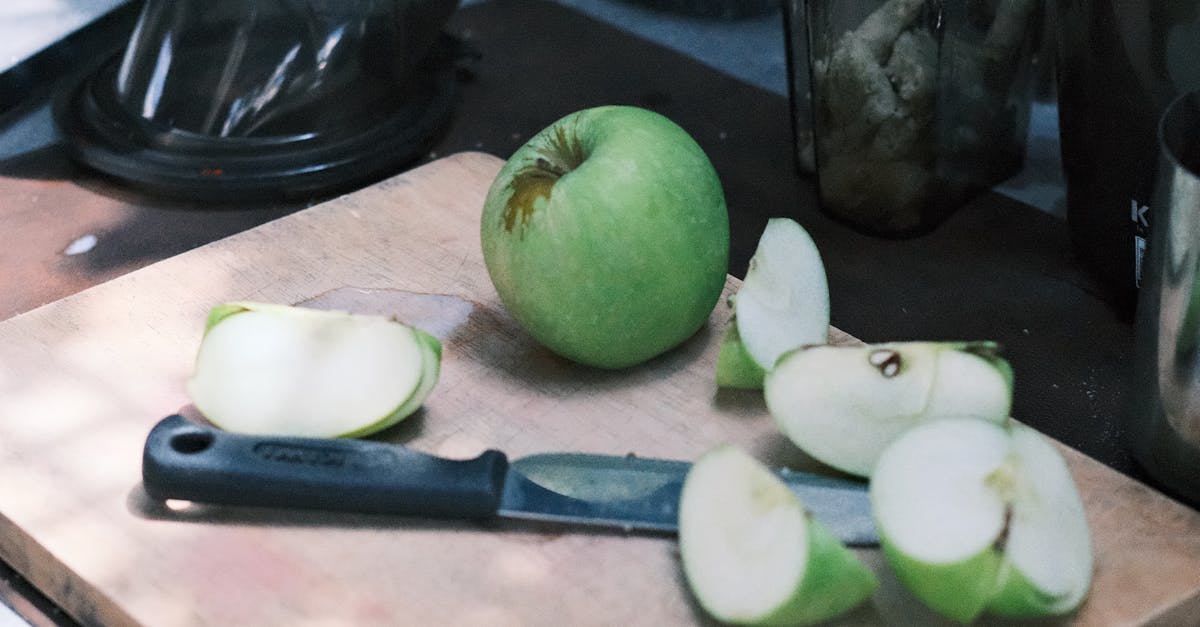Making apple juice at home can be a delightful experience, especially when using a blender. Not only is it easy, but you can customize the sweetness and flavor to your liking. In this guide, we’ll walk you through the essential steps to create fresh apple juice with just a blender and a few simple ingredients. Let’s dive in!
| Step | Description |
|---|---|
| 1 | Gather Ingredients and Tools |
| 2 | Prepare the Apples |
| 3 | Blend the Apples |
| 4 | Strain the Mixture |
| 5 | Sweeten to Taste |
| 6 | Chill and Serve |
| 7 | Store Leftovers |
Gather Ingredients and Tools
To make apple juice, start by gathering the essential ingredients and tools. You will need fresh apples (about 6-8 for a quart of juice), water, and optional sweeteners such as sugar or honey. The tools you will require include a high-speed blender, a strainer or cheesecloth, a large bowl, and a measuring cup. Having everything ready will make the process smooth and efficient.

Prepare the Apples
Wash the apples thoroughly under running water to remove any dirt or pesticides. Once clean, core the apples and cut them into quarters. There’s no need to peel them, as the skin contains beneficial nutrients and flavors. If you prefer a sweeter juice, consider using a mix of sweet and tart apples, such as Fuji and Granny Smith.

Blend the Apples
Add the quartered apples to the blender along with a small amount of water (about half a cup) to help the blending process. Blend on high speed until the apples are completely pulverized, creating a thick puree. Depending on your blender’s capacity, you may need to do this in batches. Make sure to stop and scrape down the sides if necessary to ensure an even blend.

Strain the Mixture
After blending, it’s time to strain the apple puree to extract the juice. Place a fine-mesh strainer or cheesecloth over a large bowl and pour the blended mixture into it. Allow the juice to drip through, using a spatula to press down on the pulp to extract as much liquid as possible. This step will give you a smooth, pulp-free juice that is refreshing and delicious.

Sweeten to Taste
Taste your freshly made apple juice. If you find it needs a little extra sweetness, you can add sugar, honey, or another sweetener to your liking. Stir well until the sweetener is completely dissolved. Keep in mind that the natural sweetness of the apples can vary, so adjust accordingly based on your preference.

Chill and Serve
Once sweetened, pour the apple juice into a pitcher and refrigerate it for at least an hour to chill. Serving it cold enhances the flavor and makes it more refreshing. You can serve it as is, or garnish with slices of apple or a sprig of mint for an elegant touch.

Store Leftovers
If you have any leftover juice, store it in an airtight container in the refrigerator. It’s best consumed within 3-5 days for optimal freshness. You can also freeze apple juice in ice cube trays for later use in smoothies or other beverages.

FAQs
Can I use any type of apple for juice?
Yes, you can use any type of apple, but a combination of sweet and tart apples typically yields the best flavor. Varieties like Fuji, Honeycrisp, and Granny Smith work well together.
Do I need to add water while blending?
Adding a small amount of water helps the blending process, but you can adjust the quantity based on your desired juice thickness.
Can I add other fruits to my apple juice?
Absolutely! You can blend in other fruits such as pears, oranges, or berries to create unique flavor combinations.
Is homemade apple juice healthier than store-bought?
Homemade apple juice is often healthier because it contains no added preservatives or sugars. You can control the ingredients and make it as nutritious as possible.
How do I prevent my apple juice from browning?
To prevent oxidation and browning, you can add a splash of lemon juice to your apple juice. This will help maintain its color and freshness.
For more detailed nutritional information and health benefits of apples, you can visit the [USDA’s FoodData Central](https://fdc.nal.usda.gov/) and [CDC’s Fruits and Vegetables](https://www.cdc.gov/nutrition/index.html) pages.
